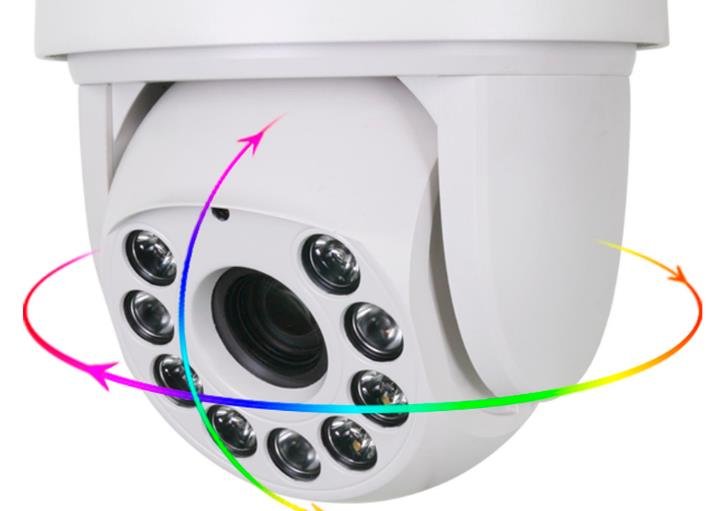In a remarkable stride towards revolutionizing electronics manufacturing, a team at MIT has made significant progress in developing fully 3D-printed active electronic components. This breakthrough could democratize electronics fabrication, making advanced technology accessible beyond specialized facilities. The research, led by Professor Luis Fernando Velásquez-García, showcases the potential of semiconductor-free devices, paving the way for innovative applications in various fields.
Breaking Down Barriers with 3D Printing
MIT researchers have successfully demonstrated the feasibility of 3D-printing resettable fuses, essential components in active electronics. Traditionally, these components rely on semiconductor devices, which require complex and expensive fabrication processes. By eliminating the need for semiconductors, MIT’s approach simplifies the manufacturing process, making it more accessible to businesses, laboratories, and even home environments.
Key Innovations:
- Semiconductor-Free Design: Utilizes polymer filaments doped with copper nanoparticles.
- Standard 3D Printing Hardware: Employs widely available 3D printers, reducing entry barriers.
- Biodegradable Materials: Promotes sustainability by using eco-friendly materials.
“This technology has real legs,” says Professor Velásquez-García. “Our goal isn’t to replace silicon but to push 3D printing into new territories, enabling anyone to create smart hardware without traditional manufacturing constraints.”

The Science Behind the Success
The breakthrough emerged unexpectedly from a project focused on fabricating magnetic coils using extrusion printing. The team noticed that passing a high electric current through a copper-doped polymer filament caused a temporary spike in resistance, allowing the material to function as a resettable fuse. This discovery was pivotal in developing a method to 3D-print active electronic devices without semiconductors.
How It Works:
- Extrusion Printing: Melts and extrudes polymer filament doped with copper nanoparticles.
- Resistance Spike: High current induces a temporary increase in resistance.
- Resettable Function: Material returns to its original resistance after cooling, enabling repeated use.
The combination of copper particles and the polymer base allows the material to switch between conductive and insulating states, mimicking the behavior of traditional semiconductor transistors. Although these 3D-printed devices do not yet match the performance of silicon-based components, they offer a viable alternative for simpler control operations.
Potential Applications and Future Directions
While the current devices are limited to basic functions like regulating electric motor speeds, the implications of this technology are vast. The ability to 3D-print active electronics opens up possibilities for customized and on-demand manufacturing, especially in remote or resource-limited settings.
Upcoming Innovations:
- Smart Hardware Integration: Embedding electronics directly into 3D-printed structures.
- Enhanced Functionality: Incorporating additional materials like magnetic microparticles for new capabilities.
- Biodegradable Electronics: Developing sustainable electronic devices that reduce environmental impact.
The research team aims to advance this technology further by refining the printing process to create more complex circuits and exploring the use of different materials to enhance performance. One ambitious goal is to fabricate a working magnetic motor using only extrusion 3D printing, demonstrating the versatility and potential of this approach.
Overcoming Challenges and Looking Ahead
Despite the promising advancements, several challenges remain. The size of the 3D-printed switches is limited by the physics of extrusion printing and material properties, currently achievable only at the micron scale compared to nanometer-sized transistors in modern electronics. Additionally, achieving performance parity with semiconductor-based devices will require further innovation and optimization.
Current Limitations:
- Size Constraints: Limited to a few hundred microns, far larger than state-of-the-art transistors.
- Performance Gap: Lower efficiency and speed compared to silicon-based components.
- Material Specificity: Requires precise combinations of materials to achieve desired properties.
However, the team is optimistic about overcoming these hurdles. Continued research and collaboration with other institutions could accelerate the development of fully functional 3D-printed electronics, making this technology a staple in the future of manufacturing.
















